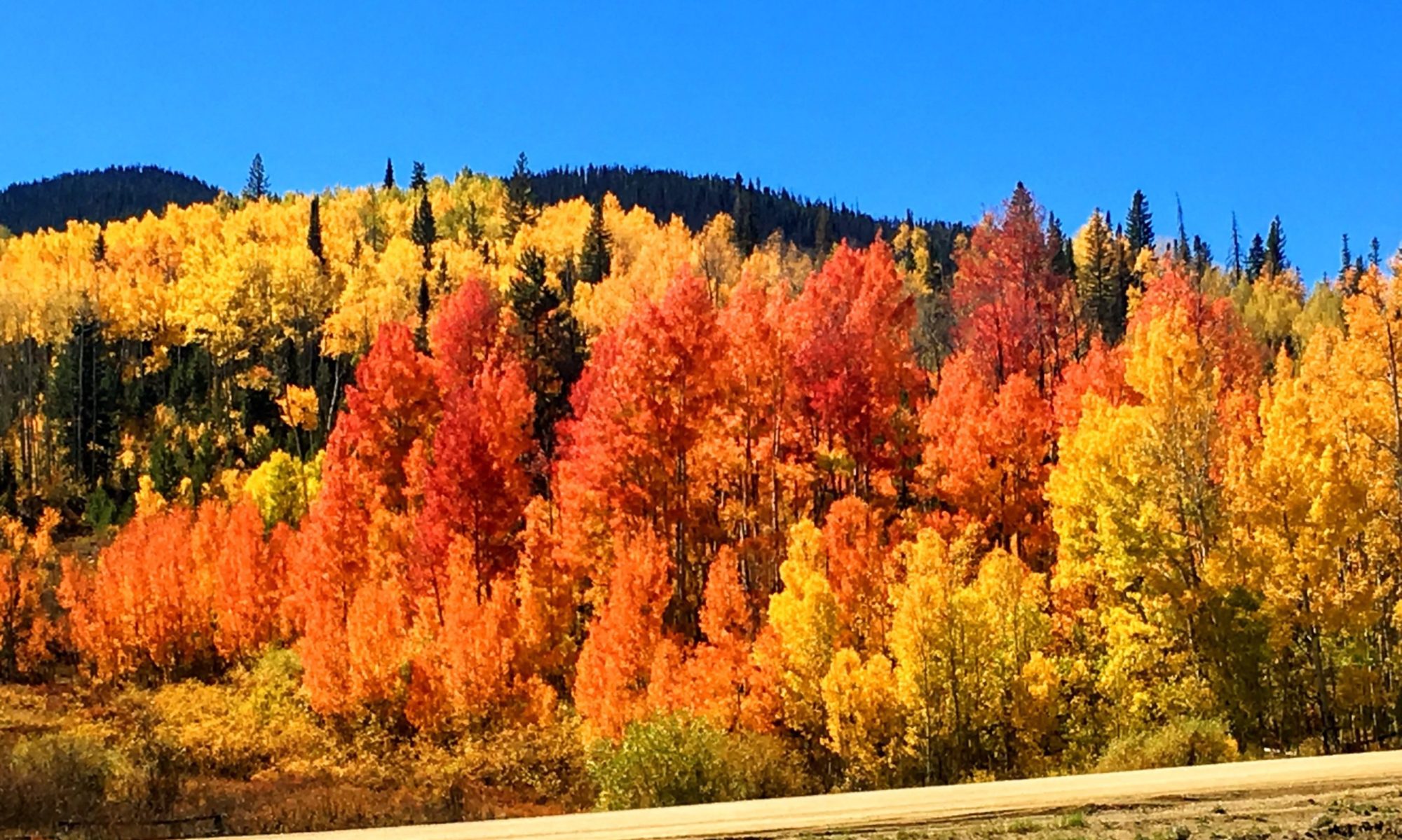Introduction: Aspen, Colorado is known for its beautiful mountain views and vibrant cultural scene, but recent research has also highlighted the potential health benefits of living at high altitudes, such as increased longevity and decreased risk for certain diseases. One of the key factors that may contribute to these positive outcomes is the increase in carbon dioxide (CO2) at high altitudes. This article aims to investigate the ways in which the altitude and CO2 levels of Aspen may contribute to these positive outcomes and explore the current state of research in this area.
Impact of Altitude and CO2 on Longevity: One of the most well-established effects of living at high altitudes is an increase in lifespan. This phenomenon has been observed in many different populations, including the residents of the Andean highlands, the Tibetan plateau, and the Ethiopian highlands. Studies have suggested that this may be due to a number of factors, including lower levels of oxygen, exposure to ultraviolet radiation, and changes in the body’s hormonal response to stress. However, recent research has also highlighted the potential role of CO2 in promoting longevity in high-altitude environments.
CO2 and Longevity in Mole Rats and Honeybees: Research on mole rats and honeybees, which both live in environments with very high CO2 levels, has suggested that exposure to high levels of CO2 may promote longevity. For example, mole rats, which live in underground burrows with elevated CO2 levels, have been found to have a longer lifespan and increased resistance to age-related diseases. Similarly, honeybees that live in hives with elevated CO2 levels have been found to have an increased lifespan and improved cognitive function. These findings suggest that CO2 may play a key role in promoting longevity in high-altitude environments.
Lower Oxygen Levels and CO2: Living at high altitudes can lead to lower oxygen levels in the blood, known as hypoxia. However, research has also suggested that high levels of CO2 may help to mitigate the negative effects of hypoxia by activating the HIF pathway. HIF is a transcription factor that plays a critical role in regulating the body’s response to low oxygen levels. HIF may also have anti-aging effects, as it can activate genes that promote cell survival and inhibit the formation of cancerous cells.
Exposure to Ultraviolet Radiation and CO2: Another factor that may contribute to increased longevity at high altitudes is exposure to ultraviolet (UV) radiation. UV radiation is known to be a powerful stressor, and exposure to it can cause DNA damage and inflammation. However, research has also suggested that moderate UV radiation may have anti-inflammatory and anti-cancer effects. Additionally, CO2 may also have a protective effect on UV radiation exposure.
Changes in Hormonal Responses and CO2: Living at high altitudes can also lead to changes in the body’s hormonal response to stress. Studies have shown that residents of high-altitude regions have lower levels of stress hormones, such as cortisol, and higher levels of the “feel-good” hormone, serotonin. These changes in hormonal balance may contribute to increased longevity and a reduced risk of certain diseases. CO2 may also play a role in regulating the body’s hormonal response to stress.
Impact of Altitude and CO2 on Disease Risk: In addition to an increase in longevity, living at high altitudes and high levels of CO2 has been associated with a reduced risk for certain diseases. This includes a reduced risk for cardiovascular disease, diabetes, and certain types of cancer.
